Boiling or Steaming: Which Cooking Method Wins?
Boiling and steaming represent two essential cooking methods that many home chefs rely on daily.
Techniques transform raw ingredients into delicious meals through the power of water and heat.
While both approaches use water as their medium, the results can differ significantly in texture, flavor, and nutritional value.
Most professional chefs have strong opinions about which method works best for specific foods like vegetables or fish.
The subtle differences between these cooking styles might seem minor at first glance.
Each technique carries its own set of advantages that smart cooks leverage for different culinary challenges.
After reading more about these two methods, you'll know exactly which to choose for your next meal preparation.
Define Boiling
Boiling is one of the oldest and simplest cooking methods, dating back around 30,000 years to the Upper Paleolithic period when early humans heated water with hot stones. It likely developed after roasting but before baking, with the invention of heat-resistant containers like pottery enabling the process.
Boiling involves heating a liquid, usually water, to its boiling point (212°F or 100°C), turning it into gas and cooking food through moist heat. This method effectively kills germs, cooks raw ingredients thoroughly, softens flavors, and extends shelf life.
Understanding the stages of boiling helps cooks prepare better meals using this fundamental technique.
A Full Explaination of Steaming
Steaming is an ancient cooking method with roots tracing back as far as 10,000 years ago, with early evidence from China and Arizona. While it was less common in Western cultures, steaming became a staple in Asian and North African cooking, valued for its efficient use of minimal water and fuel - especially in arid regions.
This method cooks food using moist heat from steam at 212°F (100°C), gently preparing ingredients without direct water contact. High-pressure steaming speeds up cooking by trapping steam in airtight cookware.
Steaming is praised for preserving the crunch and nutrients of foods, making it a healthy and time-efficient technique still widely used today.
Boiling or Steaming? What Sets These Cooking Methods Apart
Both boiling and steaming techniques have their place in good cooking. Smart cooks should know when to use each one based on below table.
| Factor | Boiling | Steaming |
| Cookware | Pan, pot with high sides to hold water | Steamer or pot with a steaming tray |
| Time of Cooking | Longer duration | Shorter duration |
| Texture | Soft, sometimes watery | Crunchy and crisp |
| Taste | Slightly bland due to nutrient leaching | Retains original, more robust flavor |
| Color | Vegetables tend to darken | Vegetables keep bright, fresh color |
| Bacteria Elimination | Kills more bacteria and harmful microorganisms | Kills fewer bacteria |
| Nutrient Loss | Higher loss as nutrients leach into water | Lower nutrient loss, better nutrient retention |
Method And Process
Boiling involves submerging food completely in water, typically done in deep pots or pans with high sides. Steaming uses steam generated from boiling water below, with food placed on a perforated tray or basket above the water.
Steamers often stack for multitasking, but a simple steaming basket in a regular pot works well too.
Time Of Cooking
Boiling usually takes longer because it fully cooks and sterilizes food. Steaming cooks food faster by gently heating it with steam, preserving nutrients, flavor, and texture while saving time and energy.
Textures, Tastes, And Colors
Boiled foods tend to be softer and can become waterlogged, with flavors often diluted as they leach into the cooking water. Steamed foods retain a firmer, crisper texture, stronger natural flavors, and brighter colors since they aren’t immersed in water.
Nutrient Retention
Boiling causes more nutrient loss as vitamins and minerals leach into the water, especially with longer cooking. Steaming preserves most nutrients by cooking with moist heat without direct contact with water.
Both methods make food easier to digest, but steaming better maintains nutritional value. Boiling kills more bacteria, making it safer, and the nutrient-rich cooking water can be reused in soups or sauces.
Steaming water holds no nutrients.
Boiling vs Steaming: Which One is Better?
Understanding the pros and cons of different cooking techniques can make you more adaptable in the kitchen. Each approach has unique benefits that shine in certain situations, while also having limitations that might affect your meal preparation.
Pros & Cons Of Boiling
Pros of Boiling:
Cons of Boiling:
Boiling vs Steaming: Which Cooking Method Wins?
Understanding the pros and cons of different cooking techniques can make you more adaptable in the kitchen. Each approach has unique benefits that shine in certain situations, while also having limitations that might affect your meal preparation.
The key is knowing when to use each method based on what you're making, how much time you have, and your personal preferences. With this knowledge, your cooking skills will naturally expand, allowing you to handle a wider range of recipes with confidence and creativity.
Pros & Cons Of Steaming
Pros of Steaming:
Cons of Steaming:
Tips for Boilling Foods
Keep skins on root veggies like potatoes for better nutrition.
Turn food occasionally for even cooking.
Use a timer to prevent overcooking.
Tips for Steaming Foods
Lower heat for gentle cooking. Enhance flavor by steaming with stock or herbs.
Got Questions? We’ve Got Solutions
1. How long does it take to boil vegetables compared to steaming them?
Boiling vegetables usually takes 5-10 minutes while steaming often takes 3-7 minutes, making steaming slightly faster for most vegetables.
2. Which method preserves more nutrients? Steaming preserves more nutrients since vegetables don't directly contact water where vitamins can leach out. Boiling causes water-soluble vitamins (especially vitamin C and B vitamins) to dissolve into the cooking water.
3. Do I need special equipment for steaming?
You need a steamer basket or rack that sits above boiling water. For boiling, you only need a regular pot with water, making it more accessible if you have limited kitchen tools.
4. Which method works better for different foods?
Steaming works best for delicate foods like fish, seafood, and tender vegetables. Boiling is better for pasta, potatoes, eggs, and tougher vegetables that need softening.

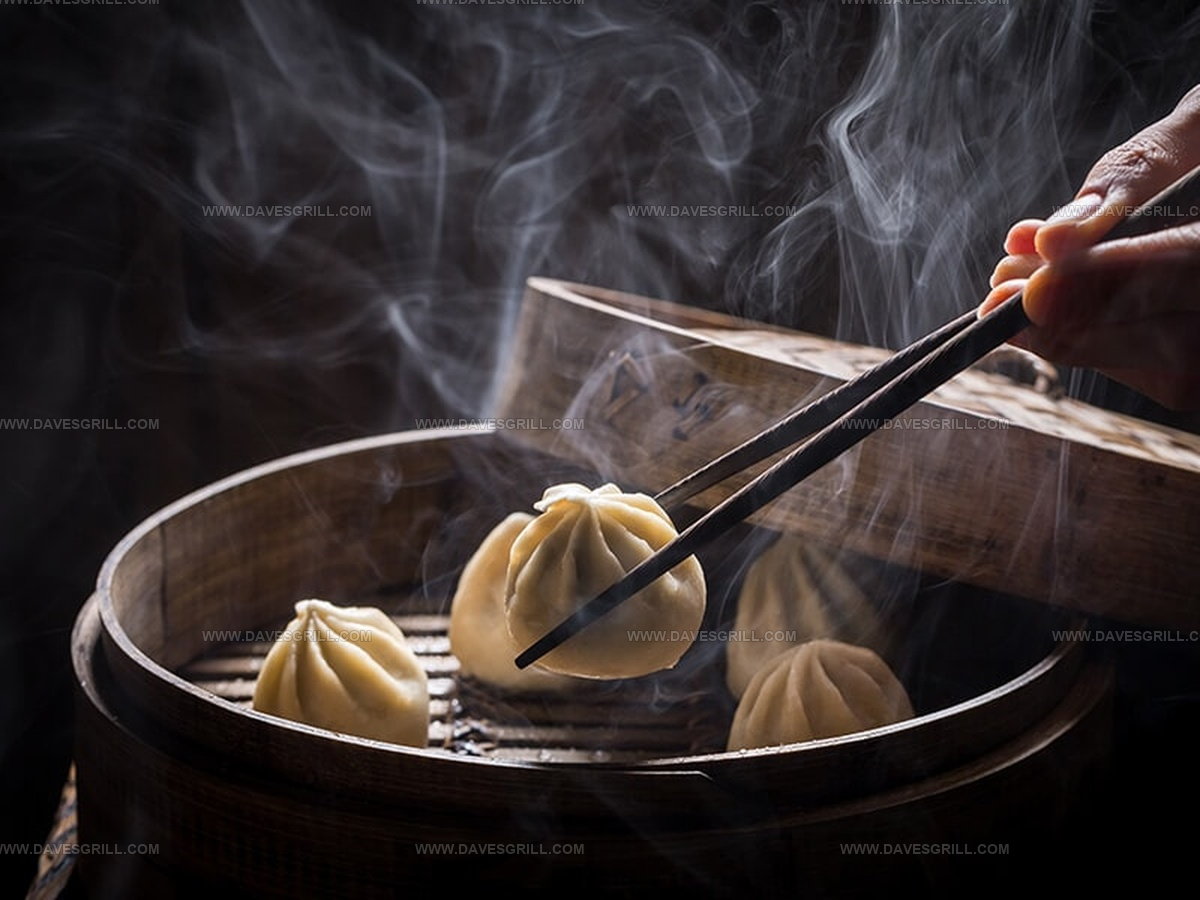
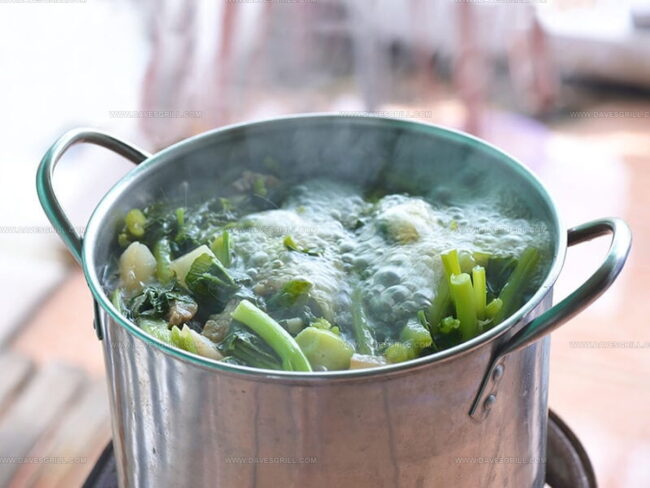
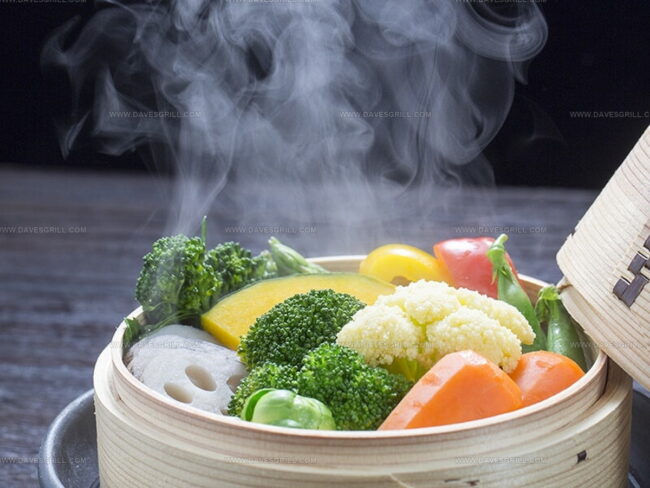


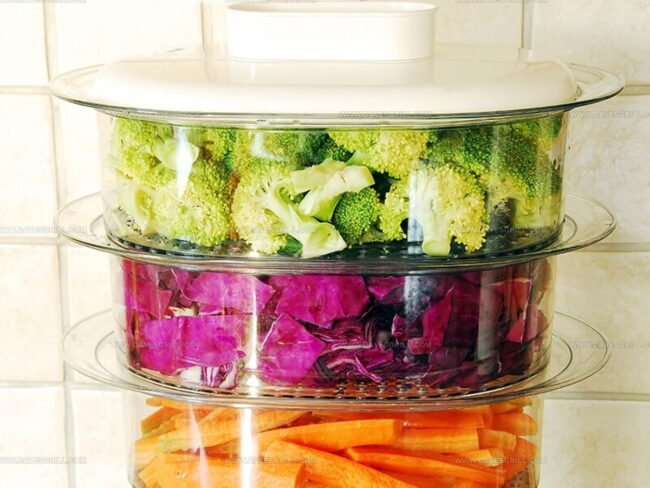

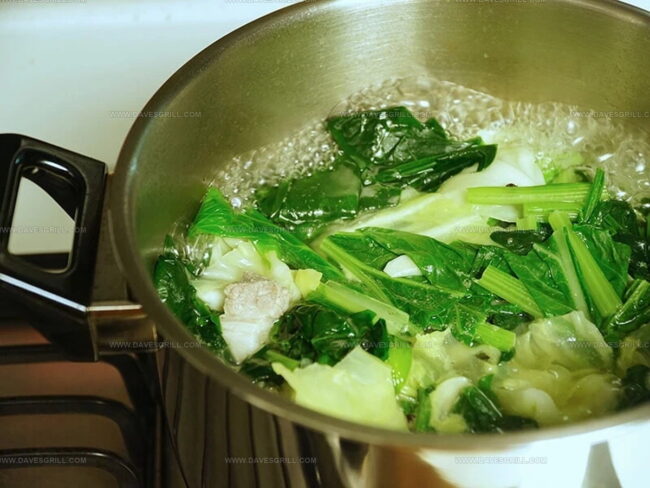
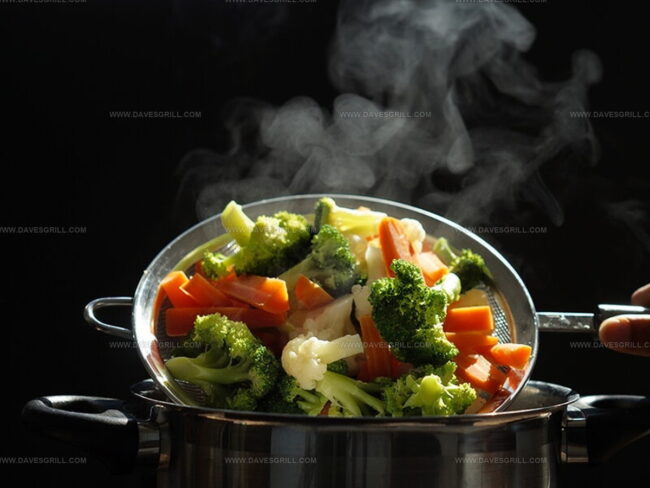
Emily Lawson
Content Creator & Culinary Specialist
Expertise
Education
Oregon Culinary Institute
Diploma in Culinary Arts
Focus: Emphasis on farm-to-table cooking, sustainable practices, and the fusion of global flavors with traditional grilling methods.
Emily Lawson is the content creator at Daves Grill, turning tasty ideas into clear, easy recipes. Based in Portland, she trained at the Oregon Culinary Institute and loves cooking with fresh, seasonal ingredients, especially grilled veggies and global flavors.
Emily mixes food writing with hands-on cooking to bring you recipes that feel fun, not stressful. Her goal is to make every dish simple, flavorful, and worth coming back to. Together, she and Dave serve up real food, one recipe at a time.